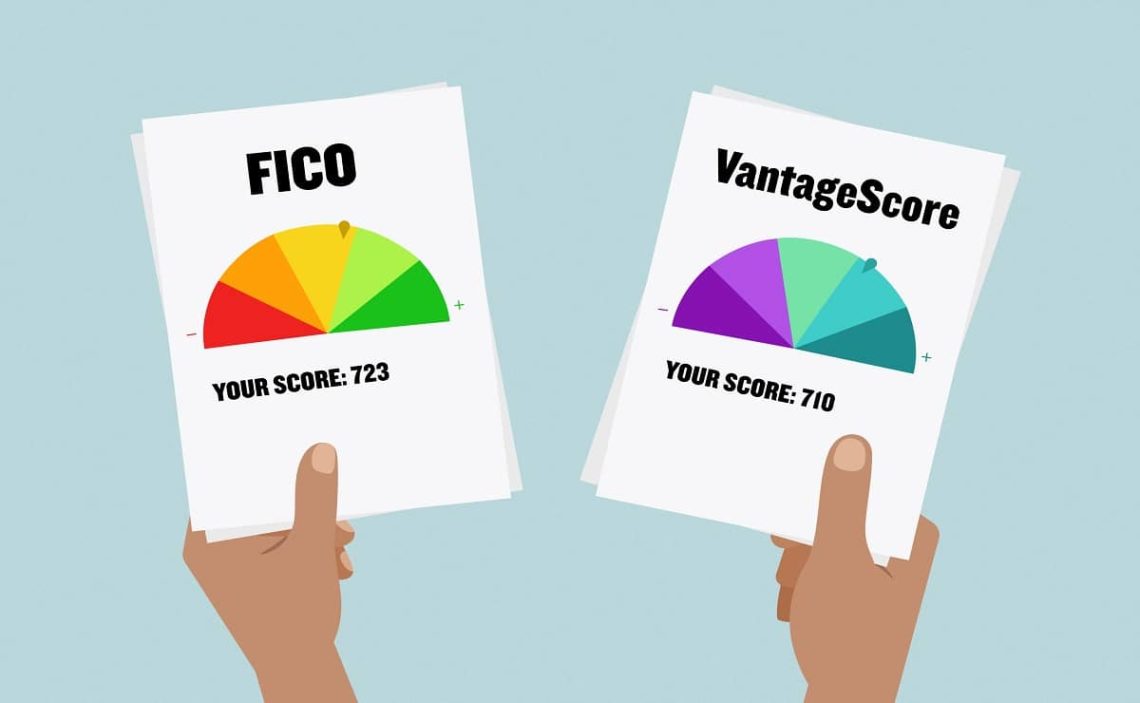VantageScore is a credit-scoring model born in 2006 by major credit bureaus, such as Experian, Equifax, and TransUnion. The mission of this creation is to provide a broader way to classify consumer scores.
However, many companies prefer to consider the score offered by FICO; it is the oldest and has earned the trust of many customers. VantageScore has a larger database, though.
Who uses VantageScore 3.0?
Lenders using VantageScore 3.0 include Capital One, Credit Karma, and SoFi. However, SoFi uses VantageScore 4.0 for better results and more efficiency in finding its customers’ scores.
On the other hand, CashCall Mortgage also often uses this service to evaluate your credit score. It is important to note that mortgage lenders do not usually indicate which credit bureaus they work with.
It is best to maintain a good score with all credit bureaus, and that will allow you to easily access your mortgage loans without worrying about which company they use to approve your application. However, FICO claims that 90% of lenders continue to use one of their FICO credit scoring models.
The difference between VantageScore 3.0 and FICO
Everyone knows FICO because it has been a company used by lenders and banks for years. Many companies have been looking for their differences to consider VantageScore 3.0 for their credit scores.
One of the most relevant points is the comparison of the credit rating models; among the main differences found are the following:
- The speed of scoring: in VantageScore 3.0, they make the credit score in the following two months when the credit is opened; however, FICO needs six months for it.
- Scoring factors: each group uses the credit scoring factors differently and adds different weightings.
- Score rating: Each has different score ratings.
- Score assignments: While VantageScore 3.0 ignores all paid debts in collection, FICO does not.
The differences between each are small, so the results of the two scores may be similar.
How do I know which mortgage lender uses VantageScore?
The larger companies that offer mortgage loans still rely on FICO, but to find out what tools they use to determine your score, you can ask before proceeding with applications.
At least 2,200 lenders consider their scoring model to approve or disapprove loans, including some of the largest banking institutions (or minor ones like Viva Payday Loans) in the U.S. Likewise, you should know that most lenders use VantageScore and FICO to evaluate your credit score.
It is important to note that mortgage lenders such as Alterra Mortgage Loans, Fannie Mae, Carrington Mortgage Services, Freddy Mac, Quicken Loans, and New American Funding do not use VantageScore to evaluate credit scores.
Factors to Consider maintaining a Good VantageScore Credit Score
To access a mortgage loan in the coming months, you must assess your credit score. To maintain a good score, you should:
- Keep your balances paid.
- Make bill payments on time – late payments are your credit score’s worst enemy.
- Avoid opening too many new credit cards and constantly applying for loans.
- Check your credit report to ensure no incorrectly written information or paid debts have not been eliminated.
- Make sure you pay all your debts.
How does VantageScore calculate your score?
VantageScore considers a few categories to create your credit score; these are:
Payment history
One of the most influential factors in determining your credit score is that late and missed payments are serious errors. These usually result in a drop in your score. In addition, they evaluate whether you are consistent with paying bills and credit cards.
Age and credit mix
Generally, lenders evaluate the credit line established over the long term; this tells them whether you are responsible. It is attractive to lenders if you have different accounts, such as student loans, credit cards, or mortgages, and make payments on time.
Using credit
It is essential to learn to use credit wisely and avoid reaching your credit limit; a utilization rate of 30% or less is recommended to indicate that you are a responsible person who spends what you can cover in the estimated time frame.
The amount of money you owe
That is the balances of your accounts and the recent balances reported on your credit accounts. The general recommendation is to pay all balances monthly, keep the amounts low, and show lenders a good image.
Available Credit
As the name implies, this is the amount of credit you are not currently using. It’s part of your credit score because lenders want to ensure you only use what you need.
Your current credit behavior
Although less influential than the other categories, lenders still consider it. They evaluate recent credit inquiries, applications for credit or credit cards, and obtaining personal loans. In this way, they know your credit behavior.


